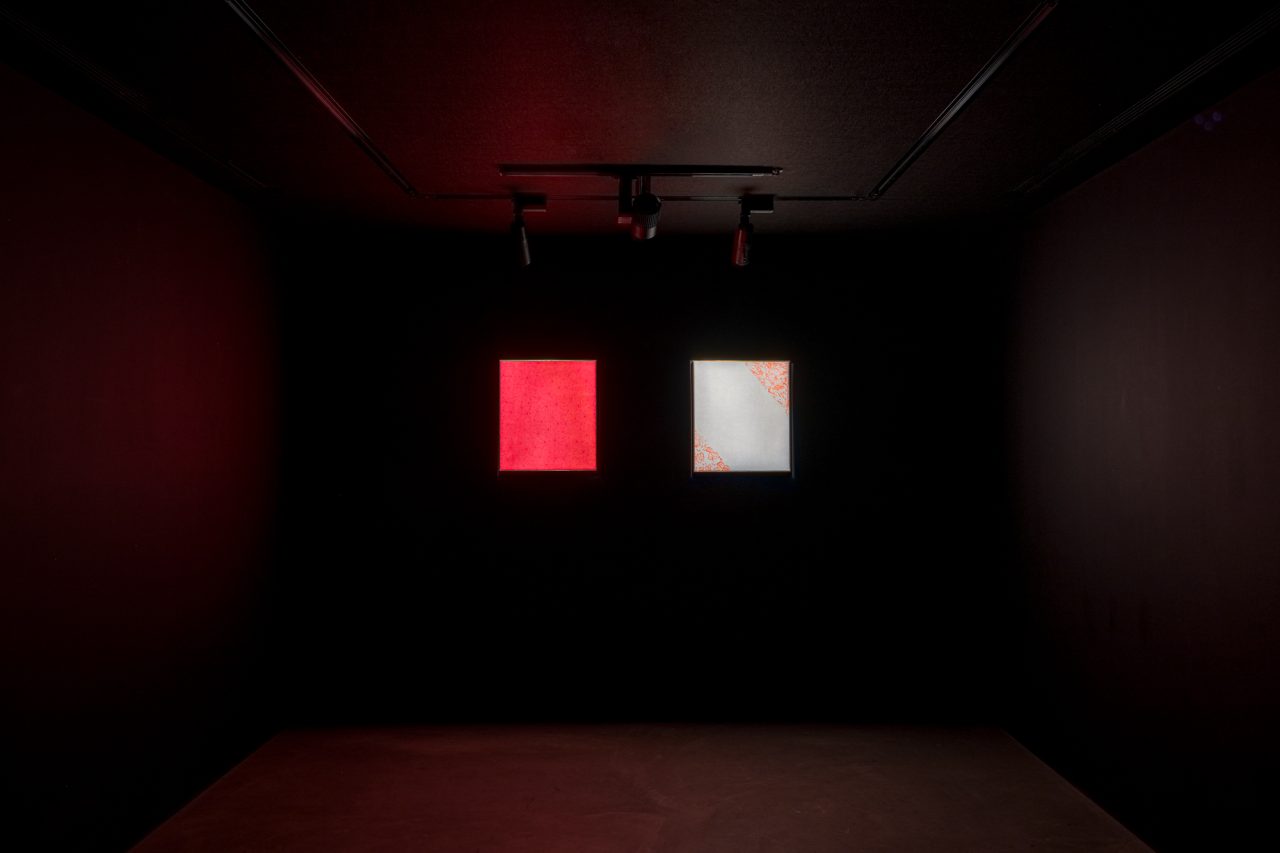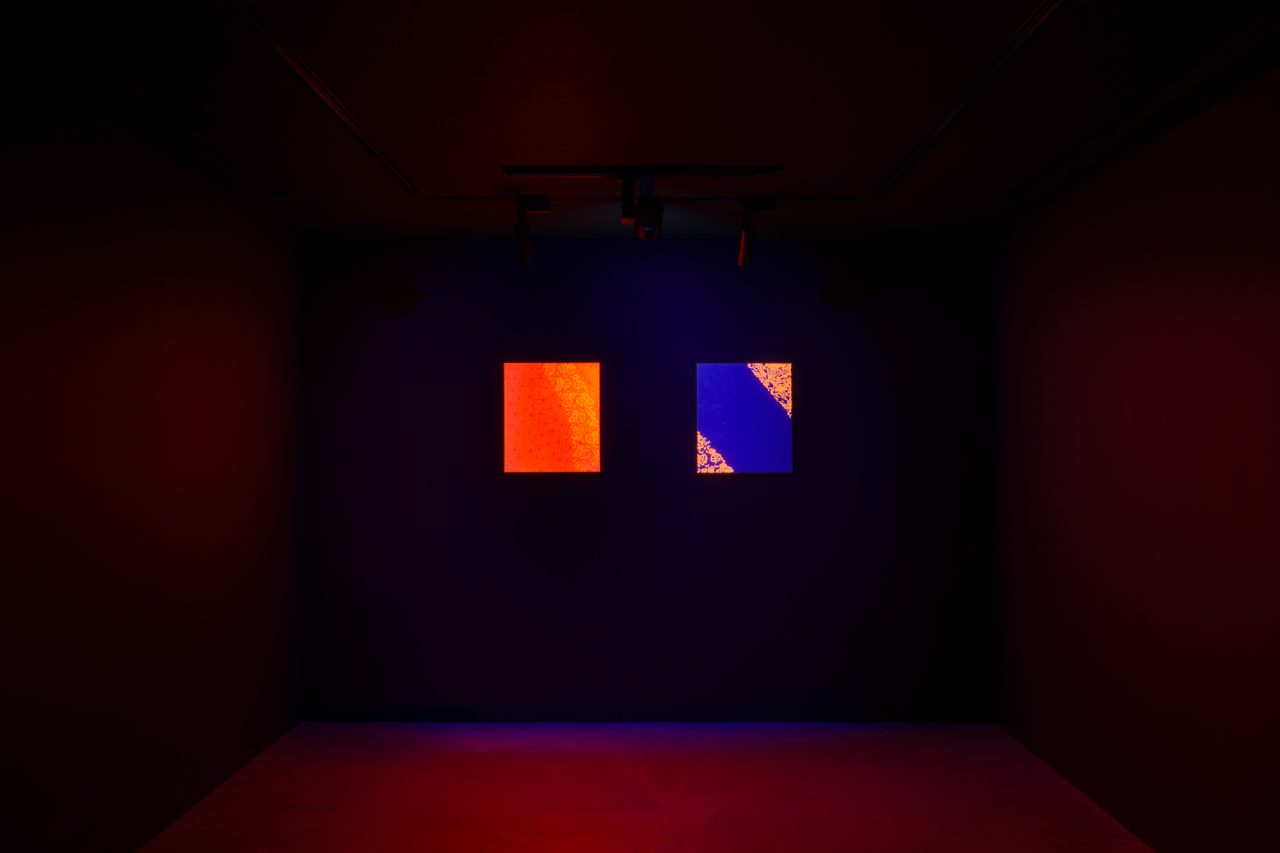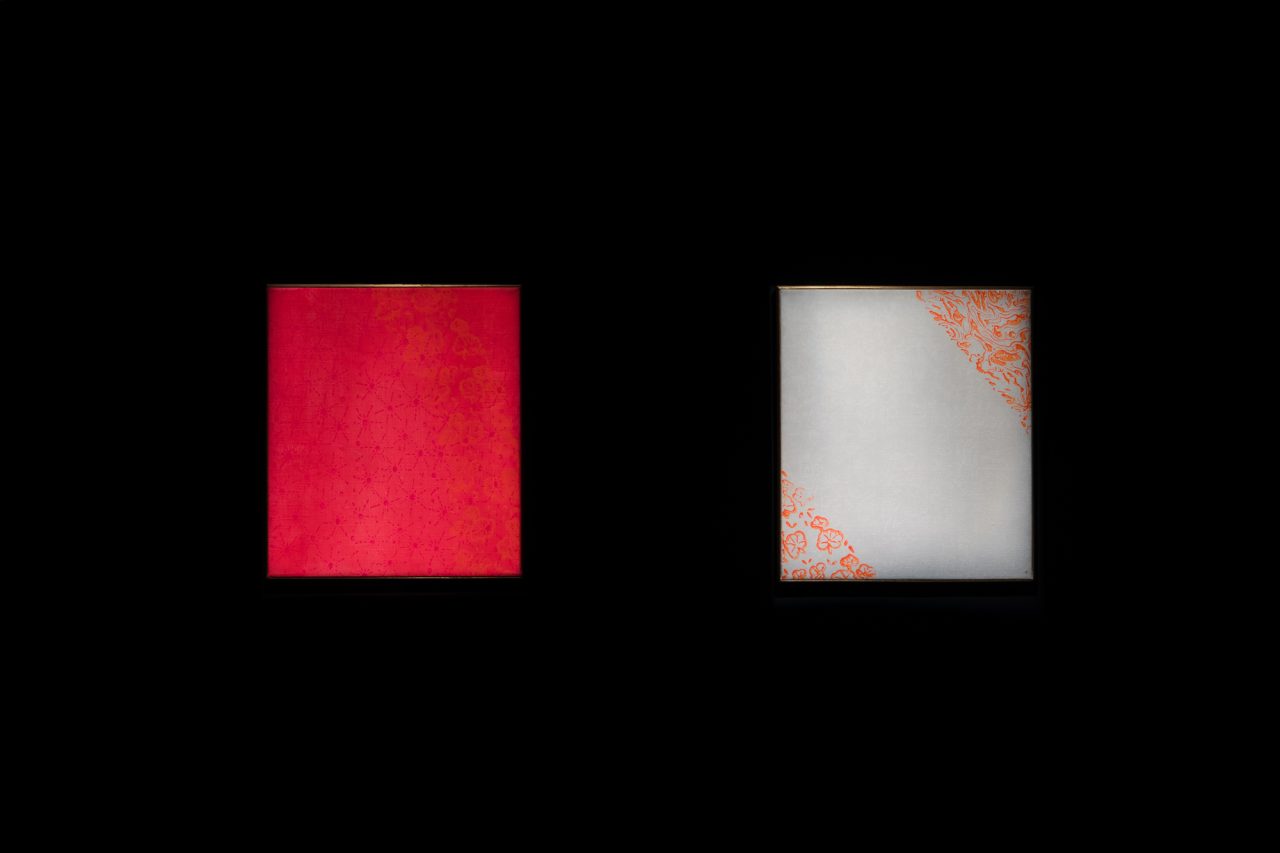Hisachika Takahashi

Both works: Untitled, 1966, Hisachika Takahashi

Both works: Untitled, 1966, Hisachika Takahashi

Both works: Untitled, 1966, Hisachika Takahashi

Both works: Untitled, 1966, Hisachika Takahashi
The Room of Spirit and Time was established by Empty Gallery in September 2024. Situated in an independent chamber to the left of the gallery’s entrance foyer, TRST is an occasional platform for the extended contemplation of single works from a variety of periods and contexts. This new initiative functions as a space apart from the determinative logics and pressures of our formal exhibition program. Traversing both vast distances and infinitesimal niches, each presentation will be accompanied by a commissioned text approaching the work as a dynamic palimpsest in conversation with the unique social and historical circumstances of our city.
Playfully referencing Toriyama Akira’s hyperbolic time chamber—a fictive dimension for self-cultivation in which the laws of space-time are transformed—TRST proposes a speculative epistemology grounded in non-Western philosophical resources as one potential method for productively wandering the treacherous crags and precipices of globalized culture.
The Room of Spirit and Time was a collaborative project which took place at the Queens Museum between 2018 and 2021. Its name and concept have been leased to Empty Gallery for an indefinite period of time in a convivial spirit.
For our fourth presentation, TRST will display two paintings by Hisachika Takahashi (b.1940) created in 1966.
Takahashi’s legacy is most often framed in relation to Robert Rauschenberg, for whom he worked as a studio assistant in New York from 1969 to 2008. Living in Rauschenberg’s studio building at 381 Lafayette Street in SoHo––where he also doubled as caretaker––Takahashi fraternized not only with the other artists represented by Leo Castelli but was also an active protagonist in the larger Downtown scene, participating in Gordon Matta-Clark and Tina Girouard’s legendary Food project and exhibiting at 112 Greene Street (which would later become White Columns).
The Untitled paintings exhibited at TRST date back to 1966, when Takahashi was living in Milan and working as a studio assistant to Lucio Fontana. He created this series of works using embossed paint rollers meant for home decoration and newly developed fluorescent pigments––covering his canvases with intersecting grids of floral motifs in contrasting colors, including patterns which hover at the edge of perception until seen under blacklight.
A standard gloss on these paintings might understand them as expressing the tension between abstraction and ornamentation, the artisanal and the mass-produced via the introduction of ready-made commercial motifs into the surface of high modernist painting.
However, we would do well to look a bit more closely in order to uncover what makes these pieces unique. It is impossible not to read Hisachika’s paintings of this period as a sort of dialogic response to the (then) better known and roughly contemporaneous work of Konrad Lueg (who would later become the famous art dealer Konrad Fischer). Lueg also deployed geometric and floral motifs appropriated from the domestic sphere as well as phosphorescent paint and other newly developed synthetic materials. His canvases expressed their meaning more or less clearly––as a sort of tongue-in-cheek critique of modern art’s decay into mere commodity––but the Untitled paintings are all the more enigmatic for lacking this polemical edge. On the surface, we might be able to level the claim, so often directed at diasporic artists or those on the periphery of Western modernism, that Takahashi’s paintings are either derivative or indicative of a certain discursive latency––but that would be to deny both Takahashi’s obvious sophistication and his deep enmeshment within the contemporary art scene of his day.
We then need to ask ourselves, what would it mean for Hisachika to consciously repeat (or simulate) Lueg’s or Daan Van Golden’s paintings? With this thought experiment in mind, the Untitled paintings take on a different inflection. They ask us to displace our search for artistic originality from the traditional categories of visual or conceptual innovation into the domain of social performance, identity, and labor––asserting the absolute internal difference (or non-equivalence) of an action performed by one person rather than another.
What does it mean to become “part of the wallpaper”, to disappear, or at least to become visible only under very specific circumstances, on purpose? The way that Takahashi’s roller paintings become animated by blacklight––how some patterns recede into the background under normal conditions, but burst into life through the grace of ultraviolet rays––reflect his intimacy with this condition. In this light, we see in these Untitled works the model of a personal, humorous, and tender practice of institutional critique.
Could it be coincidence that it was these paintings that led Takahashi to the relationship that would so persistently define his career in the art historical record of the 20th century? Introduced to Rauschenberg by John de Menil following a 1969 studio visit, Takahashi became a close collaborator and confidant of the prominent postmodernist for nearly four decades––with the older artist often asking for creative feedback from his friend “Sachika”. Taking a closer look at Rauschenberg’s legacy, we can see how Takahashi’s manual and cognitive gestures inhabit canonical pieces such as the Carnal Clocks and the White Paintings in silent collaboration and invisible co-authorship, echoing, or, perhaps, completing and deepening the project begun in his Untitled paintings through a complete absorption into the production and maintenance of another’s persona. Much like the phosphorescent tracings in his work, Sachika is both everywhere, and nowhere.
Special thanks: MISAKO & ROSEN, Tokyo
Hisachika Takahashi (1940–2025) was an artist based in Vermont and Paris whose work deals with memory as well as with the creation of community through collaboration. He oversaw Robert Rauschenberg’s studio starting in 1969 until the artist’s passing in 2008, and also previously worked in Milan for Lucio Fontana (1964) and Roberto Crippa (1962–64). His time in New York was also marked by his involvement with 112 Workshop, the earliest iteration of White Columns, and the artist-run restaurant Food.
Takahashi’s works are in collections including The Menil Collection, Houston, Dallas Museum of Art, Museum Voorlinden, Wassennaar, Minneapolis Institute of Art, and Consolandi Collection, Milan. His recent solo and two person exhibitions include MISAKO & ROSEN (2021), Maison Hermes Le Forum (with Yuki Okumura), Tokyo (2016) and WIELS Contemporary Art Centre, Brussels (in collaboration with Yuki Okumura) (2013). He has participated in group exhibitions at The National Museum of Art, Osaka (2018), Prada Foundation, Milan (2016), Leo Castelli Gallery, New York (1981), Museum of Modern Art, New York (1974) and Wadsworth Atheneum, Hartford, Connecticut (1973) amongst others.